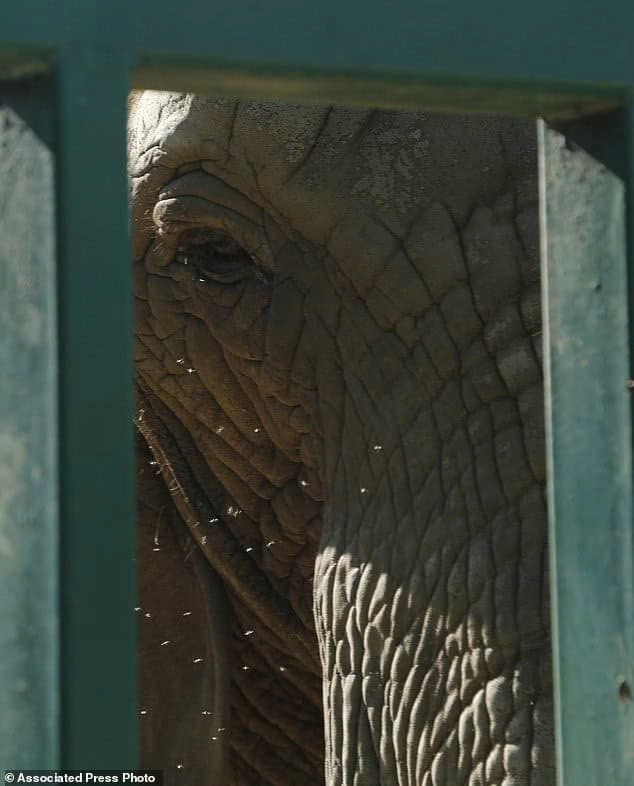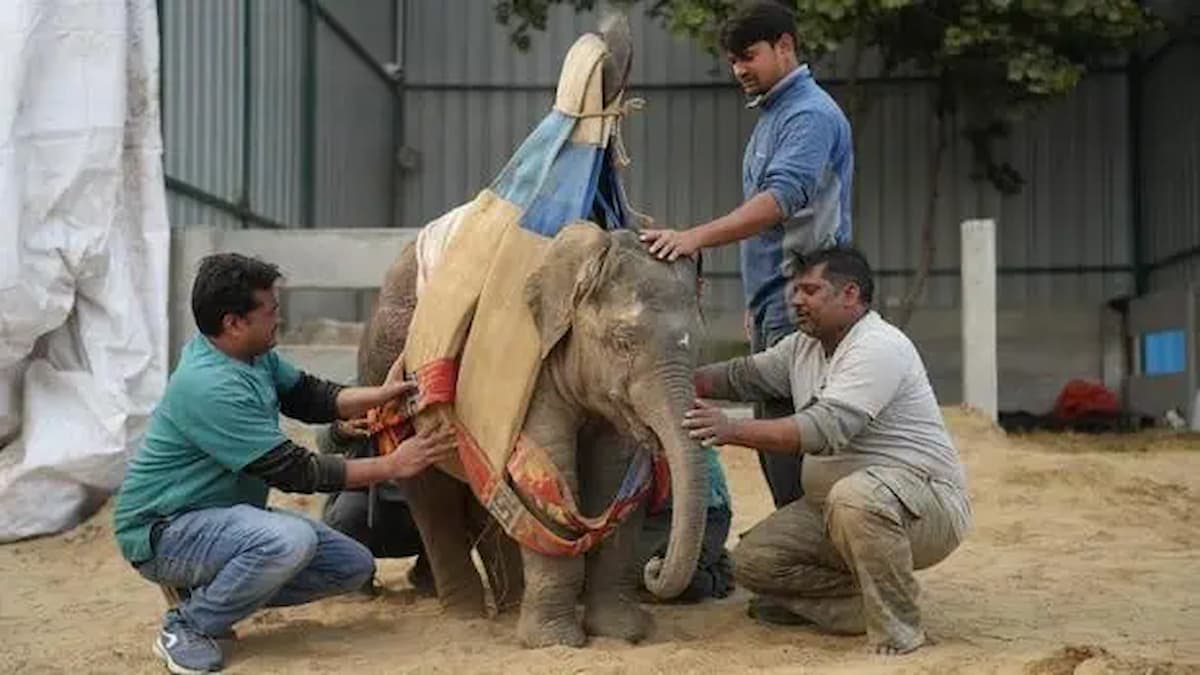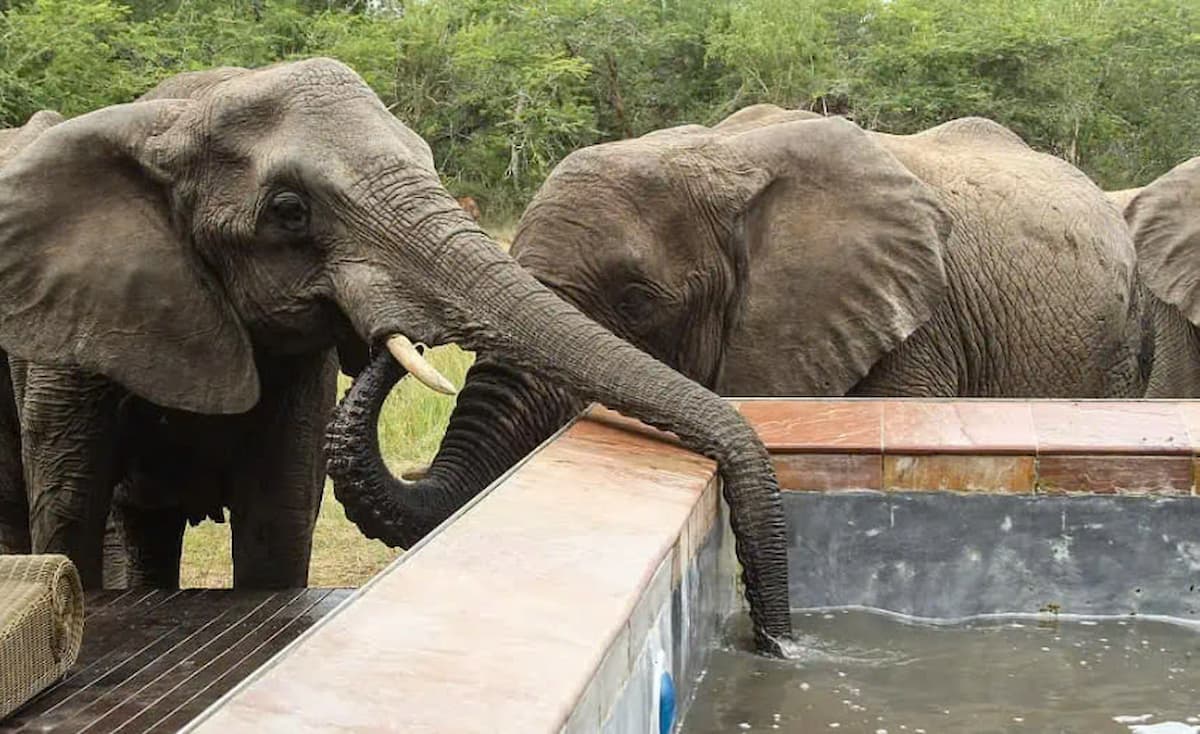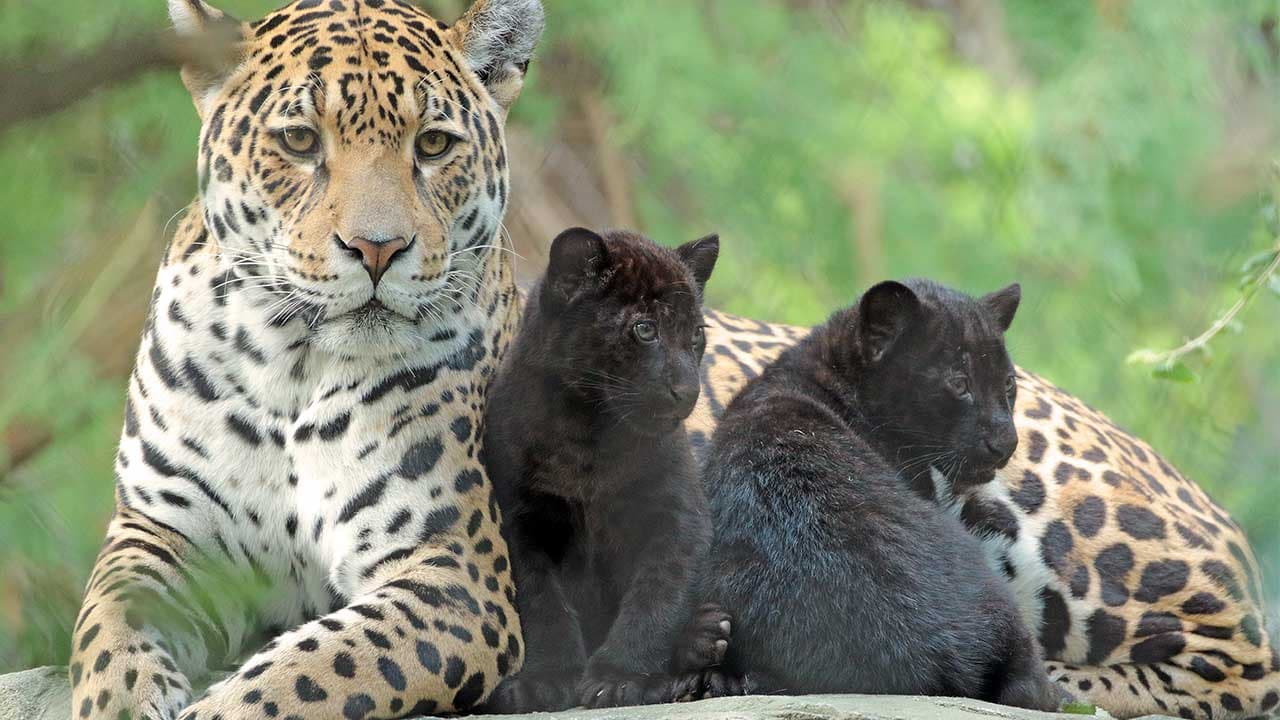The fate of Lammie, the last elephant at Johannesburg Zoo, has sparked a passionate debate among animal rights activists, zoo authorities, and concerned citizens. Lammie’s situation is a delicate and emotional one, as the decision of whether she should stay at the zoo or be relocated to a more natural and socially enriching environment touches upon important ethical and practical questions. On one side, advocates for Lammie’s relocation argue that it would provide her with a better quality of life, while zoo officials maintain that she is well-cared for and moving her could be unnecessarily disruptive. This complex issue raises fundamental questions about animal welfare, conservation, and the role of zoos in modern society.

Lammie, a 44-year-old African elephant, has lived in the Johannesburg Zoo for most of her life. For years, she had the company of other elephants, but in 2018, her companion Kinkel passed away, leaving Lammie alone. Since elephants are highly social animals, her isolation has led to growing concerns about her mental and emotional well-being. Elephants in the wild typically live in close-knit herds and have deep familial bonds. They rely on social interactions for their emotional health, and being alone for extended periods can lead to depression, stress, and behavioral issues. This raises a key question: is it ethical to keep Lammie in an environment where she lacks the social connections that are essential to her species?
Those advocating for Lammie’s relocation argue that she deserves to live out her remaining years in a more suitable habitat, such as an elephant sanctuary where she could interact with other elephants and roam in a more natural environment. Sanctuaries offer larger spaces and a setting that more closely mimics the wild, giving elephants the freedom to engage in natural behaviors like foraging, bathing in mud, and walking long distances. For Lammie, relocating to a sanctuary could significantly improve her quality of life by allowing her to socialize with other elephants and enjoy a more stimulating environment.

Moreover, animal rights organizations, such as Humane Society International and the EMS Foundation, have been vocal about the mental and physical toll that captivity can take on elephants. They argue that zoos, by their very nature, cannot provide the space and complex environments that elephants need. In the wild, elephants can travel up to 50 miles a day, but in a zoo, their movements are restricted, leading to potential health problems such as arthritis and obesity. In addition, the emotional and psychological needs of elephants, including forming bonds with others of their kind, are difficult to meet in captivity. For Lammie, being the last elephant at the zoo amplifies these concerns, as she lacks the companionship that is vital for her species.
On the other hand, zoo officials argue that Lammie is well-cared for and that moving her to a new environment might cause unnecessary stress. The Johannesburg Zoo has invested in her care, providing her with enrichment activities, veterinary attention, and a familiar environment that she has known for decades. Relocating an elderly elephant like Lammie is not without risks. The process of transportation could be stressful and even dangerous for her health. Elephants are sensitive creatures, and a major disruption like a move could cause anxiety and disorientation. Furthermore, zoo officials have pointed out that Lammie has shown no signs of severe distress or ill health, and she appears to have adapted to her life at the zoo, despite the loss of her companion.

Additionally, some argue that keeping Lammie at the Johannesburg Zoo allows for continued public education about elephants and conservation. Zoos play a role in raising awareness about endangered species, and for many people, seeing an elephant like Lammie in person may inspire a deeper appreciation for wildlife and the challenges they face in the wild. Relocating Lammie to a sanctuary, while beneficial for her, might mean that fewer people are exposed to elephants and the pressing issues related to their conservation. Zoos often contribute to global conservation efforts, and Lammie’s presence can serve as a symbol of the need to protect elephants in the wild.
However, this argument has been countered by critics who contend that education and conservation efforts can still be effective without keeping elephants in captivity. In fact, many believe that zoos should transition away from holding large, socially complex animals like elephants, whose needs are difficult to meet in confined spaces. Virtual experiences, documentaries, and interactive exhibits can provide educational opportunities without subjecting animals to life in enclosures. For Lammie, the ethical consideration of her well-being may outweigh the zoo’s educational goals, especially given the availability of alternative methods for raising public awareness.

Ultimately, the question of whether Lammie should stay at Johannesburg Zoo or be relocated hinges on a balance between her welfare, the practicalities of relocation, and the zoo’s broader role in conservation. Those who prioritize her well-being advocate for her release to a sanctuary where she can live a more fulfilling life in the company of other elephants. They argue that, as the last elephant at the zoo, Lammie’s continued isolation is unfair and potentially harmful. On the other hand, those in favor of her staying at the zoo believe that she is receiving excellent care and that the risks of moving her may outweigh the potential benefits.
This debate reflects larger discussions about the role of zoos in society. As more is understood about the complex needs of animals like elephants, there is a growing movement to rethink how they are housed and cared for in captivity. For Lammie, her fate will serve as a litmus test for how society values the rights of animals to live in environments that meet their physical, emotional, and social needs.
In conclusion, the decision of whether Lammie should stay at Johannesburg Zoo or be relocated to a sanctuary is not a simple one. It involves weighing her current care and the risks of relocation against the potential for a better life in a more natural setting. Whatever the outcome, Lammie’s story has sparked an important conversation about the future of elephants in captivity and how best to ensure their well-being.















